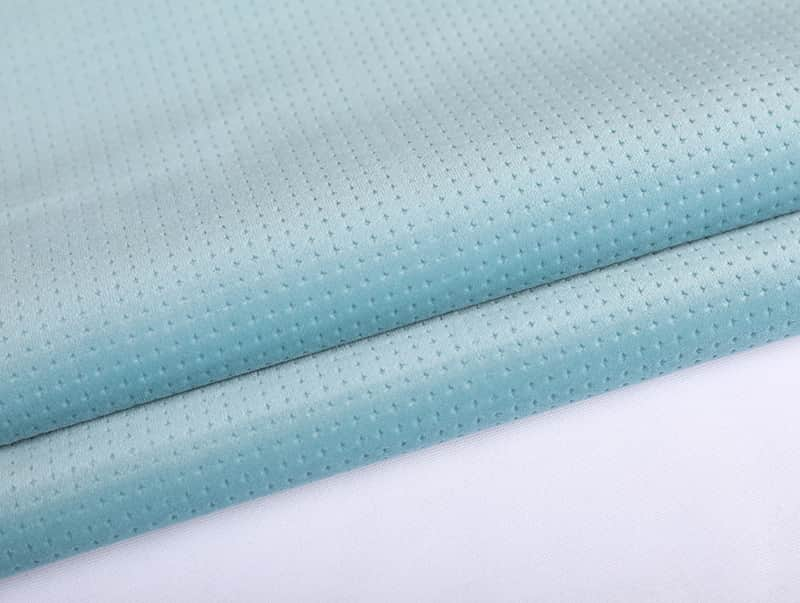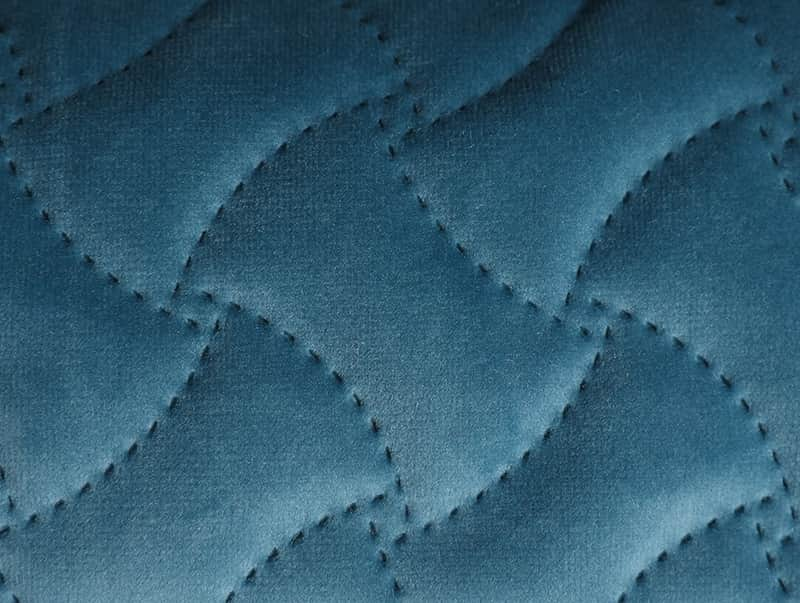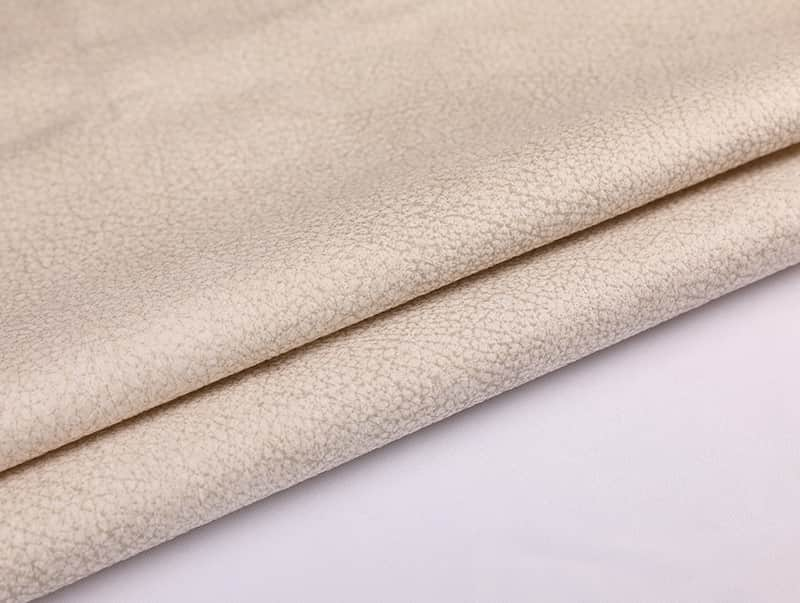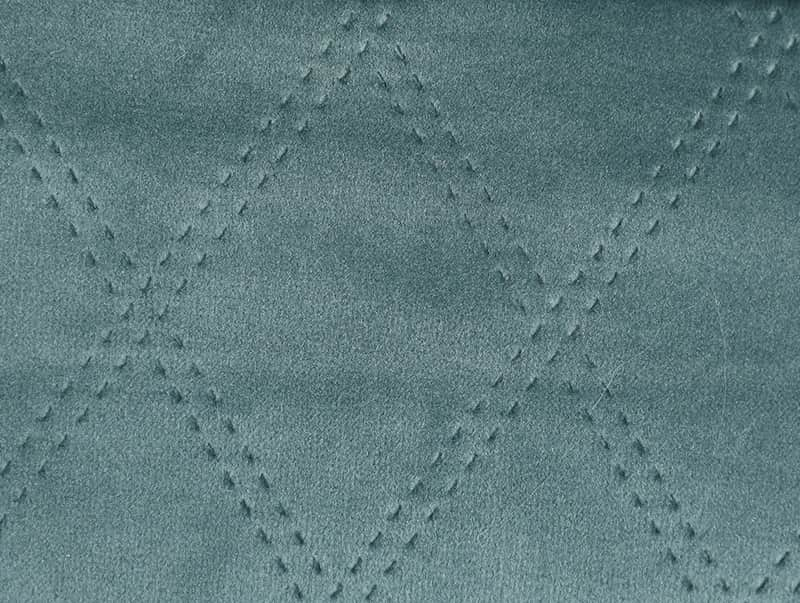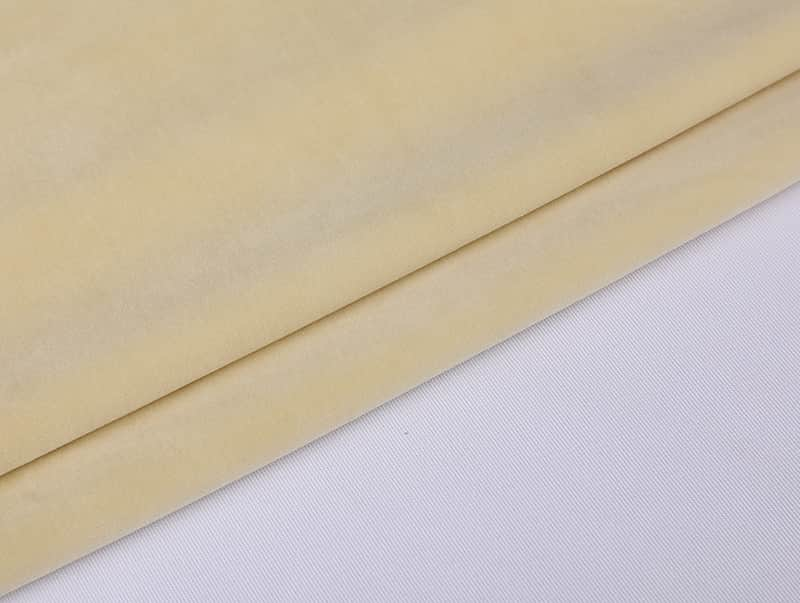Different dyeing processes significantly impact the colorfastness of curtain velvet fabrics. Here’s a detailed look at how various dyeing methods affect this property:
Fiber Reactive Dyeing:
Process: This method involves the chemical reaction between the dye and the fiber molecules, forming a covalent bond.
Effect on Colorfastness: Fiber reactive dyes generally offer excellent colorfastness to washing, light, and rubbing because of the strong chemical bond formed. They are particularly effective on cellulose fibers like cotton and viscose, commonly used in velvet blends.
Disperse Dyeing:
Process: Disperse dyes are non-ionic dyes that are suitable for synthetic fibers like polyester. The dyeing process involves dispersing the dye particles in water and heating to transfer the dye to the fiber.
Effect on Colorfastness: Disperse dyeing provides good colorfastness to washing and light. However, if not properly fixed, there can be issues with crocking (color rubbing off). The use of high-temperature dyeing or carriers can enhance colorfastness.
Acid Dyeing:
Process: Acid dyes are used primarily for protein fibers such as wool and silk, as well as nylon. The dyeing process involves an acidic dye bath that facilitates the dye-fiber interaction.
Effect on Colorfastness: Acid dyes typically offer good colorfastness to washing and light, especially when used with appropriate mordants or after-treatments. However, exposure to high pH (alkaline conditions) can lead to color bleeding.
Vat Dyeing:
Process: Vat dyes are water-insoluble dyes that require a reduction process to make them soluble. Once applied to the fiber, they are oxidized back to their insoluble form.
Effect on Colorfastness: Vat dyes are known for their excellent colorfastness to washing, light, and chemicals due to the strong dye-fiber interaction. They are less common in velvet fabrics but can be used for blends involving cellulose fibers.
Direct Dyeing:
Process: Direct dyes are water-soluble dyes that are applied directly to the fiber from an aqueous solution.
Effect on Colorfastness: Direct dyes offer moderate colorfastness to washing and light. They are relatively easy to apply but may require after-treatments to enhance fastness, such as cationic fixatives to improve wash fastness.
Pigment Dyeing:
Process: Pigments are not true dyes but colorants that are adhered to the fabric surface using a binder.
Effect on Colorfastness: Pigment dyeing provides good colorfastness to light but can be less durable with washing and abrasion due to the surface application. Proper curing and binder formulation can improve wash fastness.
Solution Dyeing:
Process: This method involves adding the dye to the polymer solution before the fiber is extruded.
Effect on Colorfastness: Solution-dyed fibers have excellent colorfastness to light, washing, and abrasion because the dye is integrated throughout the fiber. This method is often used for synthetic fibers like polyester and acrylic.
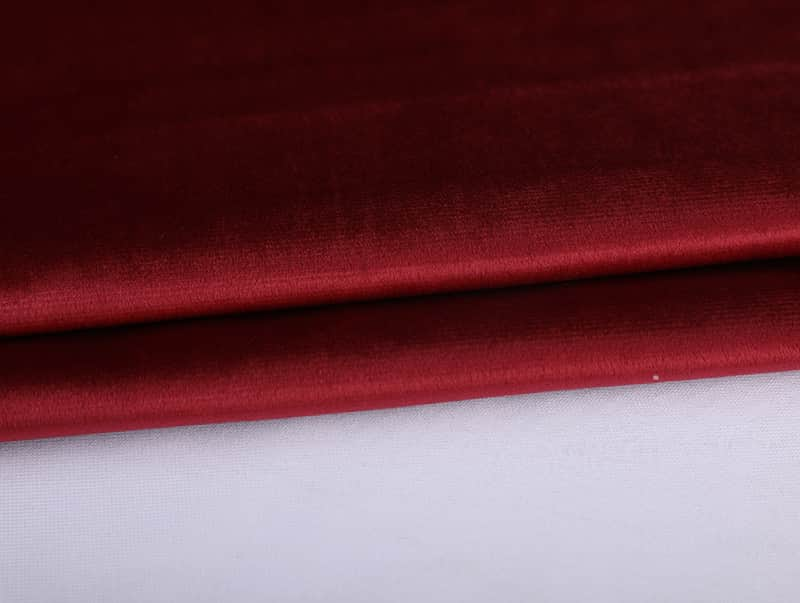
Continuous Dyeing:
Process: In this method, the fabric passes continuously through a dye solution and is then fixed and washed in a continuous process.
Effect on Colorfastness: Continuous dyeing can achieve uniform color application and good colorfastness, especially when using reactive or vat dyes. Proper control of the dyeing parameters is crucial for optimal results.
Space Dyeing:
Process: This involves dyeing yarns in a way that produces a multi-colored effect along their length.
Effect on Colorfastness: Space-dyed fabrics can have variable colorfastness depending on the dyes used and the dyeing process. Proper fixation and after-treatment can enhance overall colorfastness.
Additional Factors Affecting Colorfastness:
Fixation Methods: The fixation process (e.g., heat setting, chemical fixatives) plays a crucial role in enhancing colorfastness. Adequate fixation ensures the dye is firmly bound to the fiber.
Post-Dyeing Treatments: Treatments such as washing, steaming, or curing can improve dye penetration and fixation, enhancing colorfastness.
Environmental Factors: Exposure to UV light, humidity, and pollutants can affect the long-term colorfastness of dyed fabrics. Proper dye selection and post-treatment can mitigate these effects.
The choice of dyeing process and subsequent treatments significantly influence the colorfastness of curtain velvet fabrics. Each method offers different levels of fastness properties, and the selection depends on the desired performance and application of the fabric.
